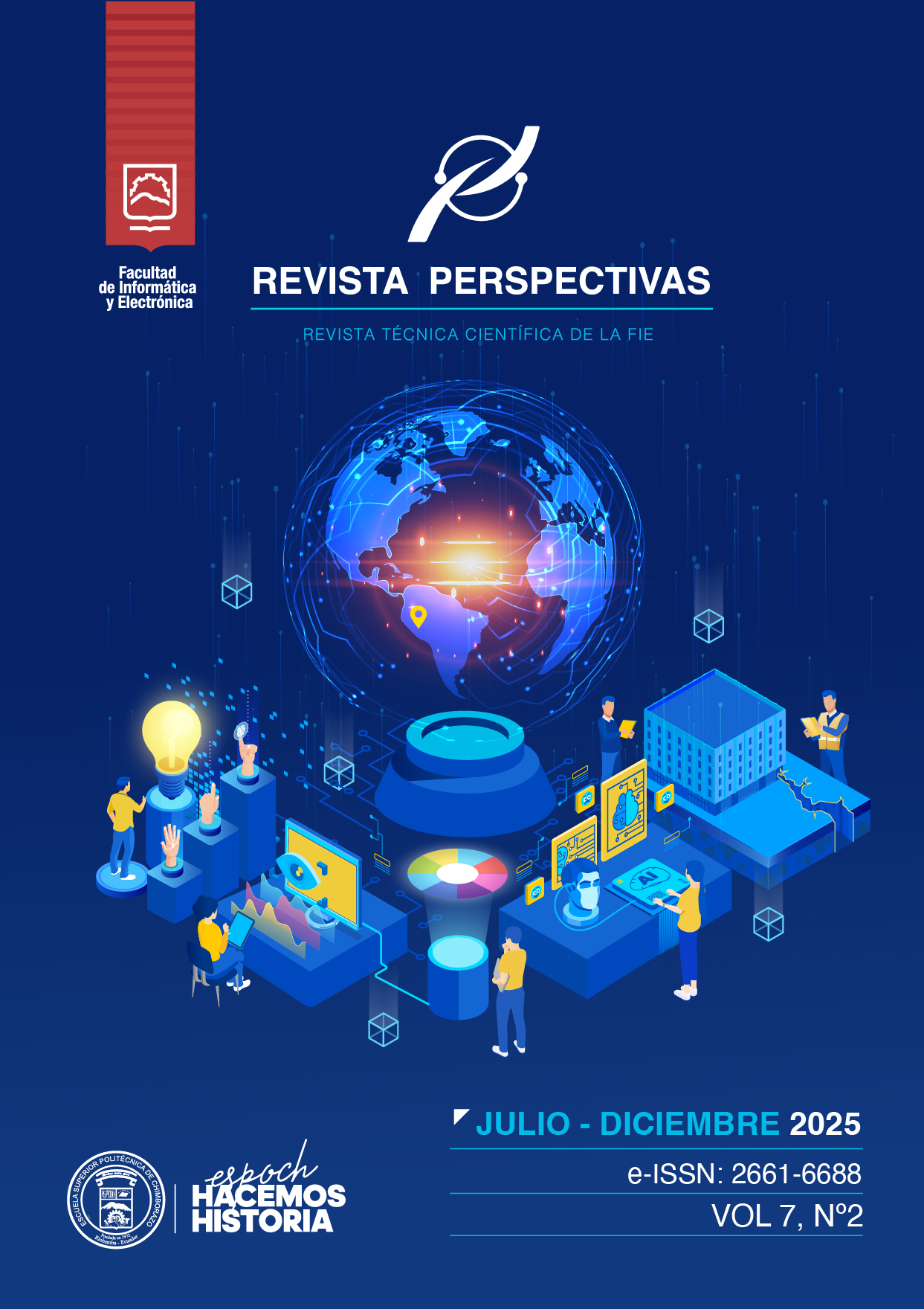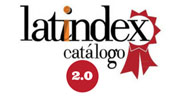Sign Language Recognition for Electrical Device Control
DOI:
https://doi.org/10.47187/perspectivas.7.2.244Keywords:
Dactylographic Sign Language Recognition, Artificial Intelligence, Artificial Vision, Microcontroller-Based Circuit, Electrical Devices, Wireless Communication, Remote ControlAbstract
This research paper presents the implementation of a dactylographic sign language recognition system using artificial intelligence applied to control electrical devices. The system aims to enhance interaction between humans and electrical devices, particularly for individuals with hearing impairments, by providing a natural and intuitive method for interaction. The system utilizes computer vision techniques to recognize hand gestures in dactylographic sign language, and a microcontroller-based circuit controls the electrical devices. The system performance was evaluated in terms of accuracy, response time, and usability, yielding promising results for future applications in industry and medicine.
References
[1] ”Discapacidad: lo que todos debemos saber”, Revista do Instituto de Medicina Tropical de S˜ao Paulo, vol. 48, n.º 3, pp. 146, junio de 2006. Accedido el 31 de julio de 2023. [En l´ ınea]. Disponible: https://doi.org/10.1590/s0036-46652006000300015
[2] S. K y P. R, ”Sign Language Recognition System Using Neural Net works”, Int. J. Res. Appl. Sci. Eng. Technol., vol. 10, n.º 6, p. 827–831, junio de 2022. Accedido el 1 de agosto de 2023. [En l´ ınea]. Disponible: https://doi.org/10.22214/ijraset.2022.43787
[3] M. Ishihara y M. Tsuda, ”Hearing support system for the hear ing impaired”, en 2021 IEEE 3rd Global Conf. Life Sci. Tech nol. (LifeTech), Nara, Japan, 9–11 de marzo de 2021. IEEE, 2021. Accedido el 1 de agosto de 2023. [En línea]. Disponible: https://doi.org/10.1109/lifetech52111.2021.9391875
[4] D. K. Choudhary, R. Singh y D. Kamthania, ”Sign Language Recog nition System”, SSRN Electron. J., 2021. [En l´ ınea]. Disponible: https://doi.org/10.2139/ssrn.3832151.
[5] N. Norouzi, G. Bruder, B. Belna, S. Mutter, D. Turgut y G. Welch, A Systematic Review of the Convergence of Augmented Reality, Intelligent Virtual Agents, and the Internet of Things, en Artificial Intelligence in IoT. Cham: Springer International Publishing, 2019, p. 1–24. Disponible: https://doi.org/10.1007/978-3-030-04110-6 1.
[6] X. Liang,” Internet of Things and its applications in libraries: a literature review”, Library Hi Tech, vol. 38, n.º 1, p. 67–77, agosto de 2018. Disponible: https://doi.org/10.1108/lht-01-2018-0014.
[7] A. Muñoz, J. C. Augusto, V. Tam y H. Aghajan,” Artificial intelligence for IoT systems”, J. Ambient Intell. Smart Environ., vol. 12, n.º 1, pp. 1, enero de 2020. Accedido el 1 de agosto de 2023. [En l´ ınea]. Disponible: https://doi.org/10.3233/ais-200548
Published
How to Cite
Issue
Section
License
Copyright (c) 2025 Jefferson Ramírez, Robert Rodríguez Loaiza, Kevin Saavedra, Ana Logroño

This work is licensed under a Creative Commons Attribution 4.0 International License.
Copyright
The authors of the manuscripts will retain their copyright on their articles published in Pespectivas Journal. These rights allow the authors to present their manuscripts in public, prepare derivative works, reproduce them physically by printing and distribute them on their social or research networks. These rights will remain unchanged as long as the authors respect the publication and free access policy of Perspectivas Journal.
Publication Rights
Perspectivas Journal reserves all first publication rights on each of the articles that the authors have sent to its review and publication process. It implies that authors will only exercise their copyright if they state the source and origin of the publication correctly, mainly when they distribute, share, present, or use their articles' total or partial content.














